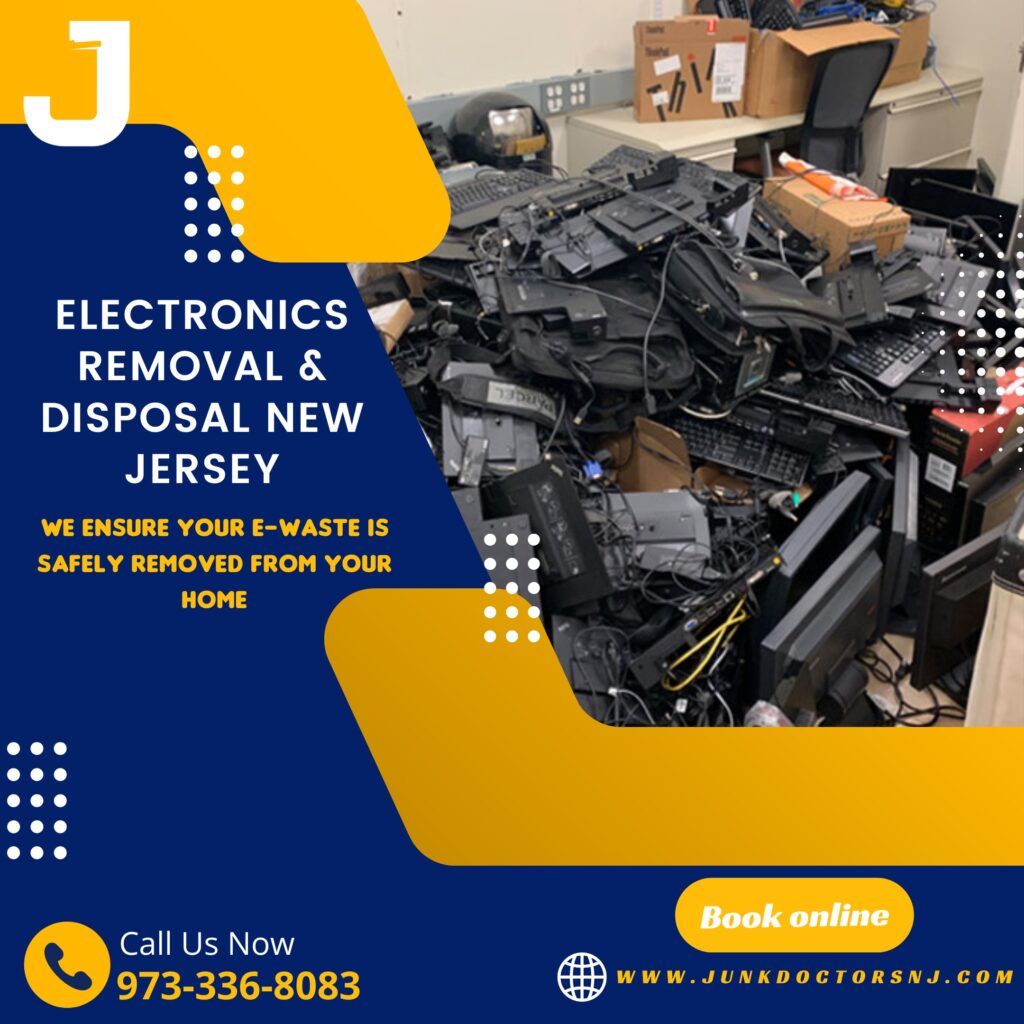As the world progresses, we find new ways to make our lives easier. We get new gadgets, gizmos, and doo-dads to help us with our work, keep us entertained, and make our lives more comfortable. But as technology advances, we end up with more and more electronic waste, or e-waste.
E-waste is any broken or unwanted electrical or electronic device. This can include phones, laptops, computers, TVs, printers, and more. And as our reliance on electronics grows, so does the amount of e-waste we create.
In 2016, the world generated a whopping 44.7 million metric tons of e-waste. And only about 20% of that was properly recycled. The rest was either thrown away in landfills or incinerated.
This is a problem because e-waste is full of toxic chemicals that can leach into the ground and water, polluting the environment. And when burned, these chemicals are released into the air, where they can cause respiratory problems and other health issues.
So what can you do to help reduce the amount of e-waste? The first step is to recycle your old electronics properly.
There are a few different ways to recycle your e-waste. You can:
- Donate your old electronics to a charity or nonprofit organization.
- Sell or trade in your old electronics for a new one.
- Bring your old electronics to a certified e-waste recycling center.
- Mail in your old electronics to a recycling company.
- Use a local e-waste pick-up service.
Each option has its own benefits and drawbacks, so it’s important to do some research to find the best solution for you.
Once you’ve decided how you’re going to recycle your e-waste, the next step is to make sure you do it safely.
Here are a few tips to help you recycle your e-waste safely:
- Remove all personal data from your devices.
Before you get rid of your old electronics, you need to make sure all your personal data is removed. This includes things like your photos, videos, contacts, and any other sensitive information.
There are a few different ways you can do this. You can either do a factory reset, which will erase all the data on your device. Or you can use a data-wiping program, which will overwrite your data with random numbers and letters.
- Take out the batteries.
Most electronics have batteries in them, and these need to be removed before recycling. Batteries can be recycled, but they need to be handled properly to avoid any accidents.
- Find a certified recycler.
Not all recycling centers are created equal. Some will recycle your electronics properly, while others will simply dump them in a landfill.
To make sure your electronics are recycled properly, find a certified e-waste recycler in your area. A certified recycler will follow all the proper procedures to ensure your electronics are recycled safely.
- Check with your municipality.
Some municipalities have their own e-waste recycling programs. These programs are usually free or low-cost, and they’re a great way to recycle your electronics safely.
- Get rid of packaging.
When you’re recycling your electronics, make sure to get rid of any packaging, including plastic bags, Styrofoam, and bubble wrap. These materials can’t be recycled and they’ll just end up in a landfill.
By following these tips, you can help reduce the amount of e-waste in the world and protect the environment. If you need help recycling your electronic waste, call Junk Doctors NJ 973-336-8083
